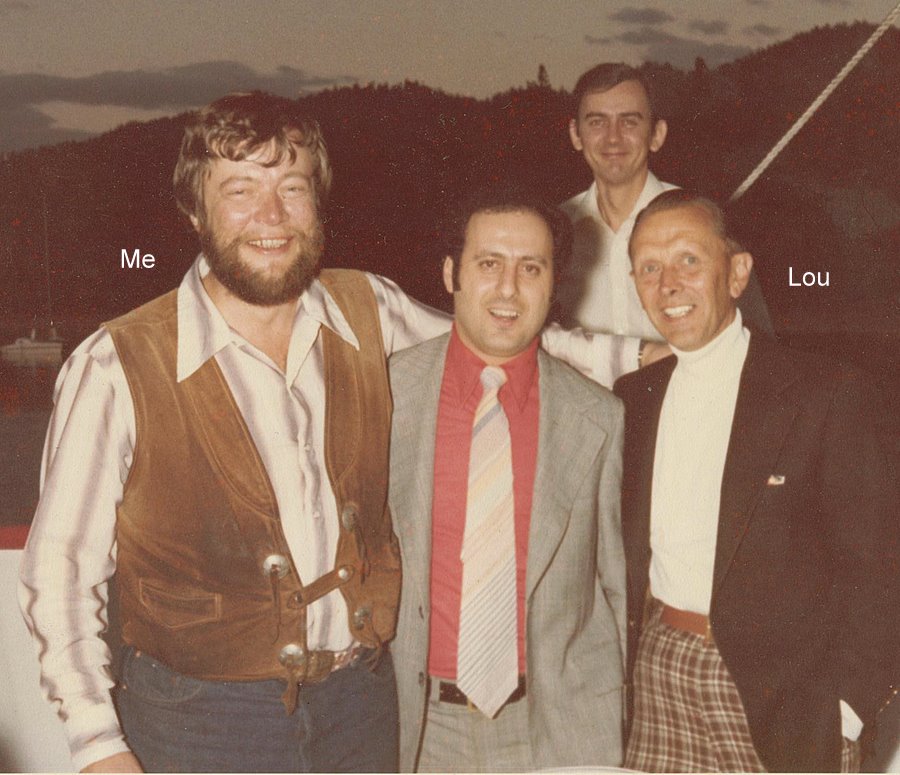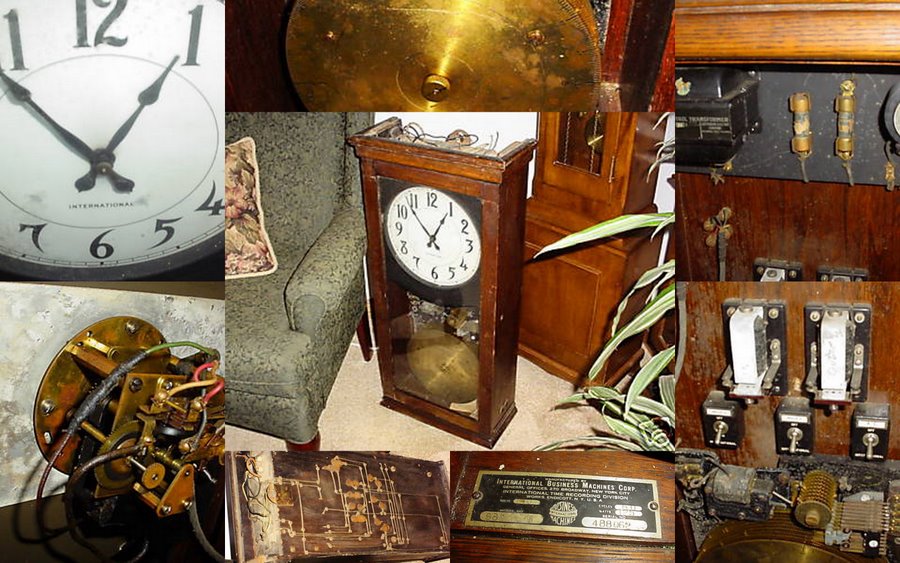
| WWT Shows | CLICK TO: Join and Support Internet Horology Club 185™ | IHC185™ Forums |

|
• Check Out Our... • • TWO Book Offer! • |
Welcome Aboard IHC185™  Internet Horology Club 185
Internet Horology Club 185  IHC185™ Discussion Site Main Page
IHC185™ Discussion Site Main Page  Horological Discussions, Questions and Answers
Horological Discussions, Questions and Answers  Clocks, Including 400-Day Discussions
Clocks, Including 400-Day Discussions  IBM model 15 master clock
IBM model 15 master clock
 Internet Horology Club 185
Internet Horology Club 185  IHC185™ Discussion Site Main Page
IHC185™ Discussion Site Main Page  Horological Discussions, Questions and Answers
Horological Discussions, Questions and Answers  Clocks, Including 400-Day Discussions
Clocks, Including 400-Day Discussions  IBM model 15 master clock
IBM model 15 master clockGo  | New Topic  | Find-Or-Search  | Notify  | Tools  | Reply to Post  |  |
Hi guys and gals, more than you ever wanted to know can be seen at the link. Scroll down past the diagrams to see the clocks. I know there is not a lot of interest in clocks on the board, but we can't let the watch guys have all the fun! IBM Happy hunting, | |||
|
| Site Administrator IHC Life Member |
Hi Bill, I believe that is the phase transducer for a nuclear submarine. | |||
|
Philip, It could be! happy hunting | ||||
|
| IHC Life Member |
| |||
|
| Site Administrator IHC Life Member |
Dave, I assume you would use this clock to power up to ten additional clocks. What would be the application? The two hundred dollar starting price appears reasonable to me. I could buy it and then place it with the other useless stuff I accumulate. | |||
|
| IHC Life Member |
I was just being an "activist"! | |||
|
Philip, These clocks had many industrial uses. In schools they were found in the principals office and controled all the classroom clocks, rang the school bells etc. In factories, all the plants clocks were synced together, and bells would ring at the beginning and ending of work days and break periods. They also could control time cards and turn on and off different electrical functions at predetermined periods. Limited collector interest, but many of the masters came in attractive cases and used high quality weight driven movements. I use mine to have the wife check in and out. Keeps her on her toes! happy hunting | ||||
|
| IHC Life Member |
Bill, it is sort of interesting that IBM did these and adding machines and then . . . punched time cards that could be fed to adding machines without entry . . . during which time my very good friend Lou Blendermann (at the insistence of Mr. Watson) firstly "fixed" the 50 Caliber aircraft Machine gun in time for WWII (P47's and the like) then helped officer the first US sub into Tokyo Bay to sink a Japanese ship. Then . . . Roosevelt promised IBM they could "take home" any German factory they wanted, and Watson let Lou make the choice. So Lou went to Germany and packed the German magnetic wire (and budding tape) recording factory and all their engineering staff back to IBM Poughkeepsie in 1945. In 1953 Lou was sent to San Jose, California where he co-founded the Alameda Golf course and country club while buying about 1000 acres of "nut farm" land to build the IBM San Jose Facility. In 1979 (shortly after the picture of us "carousing" in the islands" taken below) I worked with Lou, Dr. Vittorio Castelli of Columbia University, and some people from Control Data to successfully put 1 Gigabyte of data on a 40 mm Hard disk. The rest is history. Without American Heros like Lou, things probably would be very very different right now.  | |||
|
David, Fascinating history! Sounds like there are several novels or documentaries that could be made of all that! thanks for sharing, happy hunting, | ||||
|
| Powered by Social Strata |
| Your request is being processed... |
|
©2002-2025 Internet Horology Club 185™ - Lindell V. Riddle President - All Rights Reserved Worldwide


